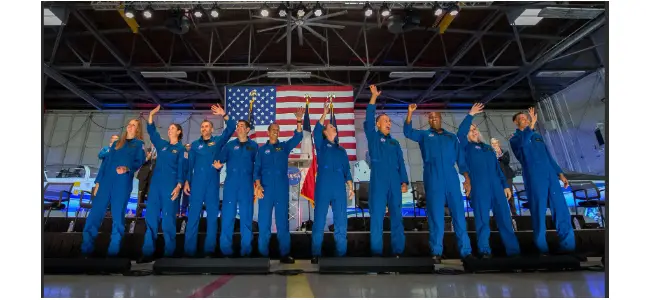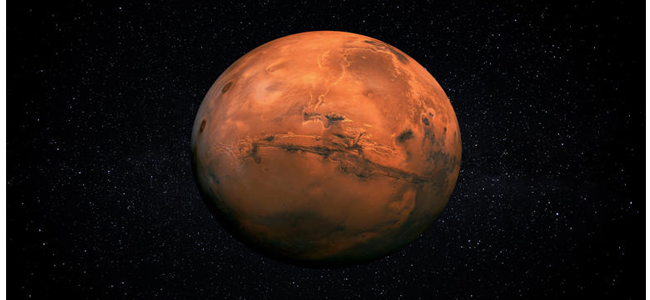World News - Breaking Exclusive News!!!
Welcome to the World News!
The top 5 spacial discoveries of all time
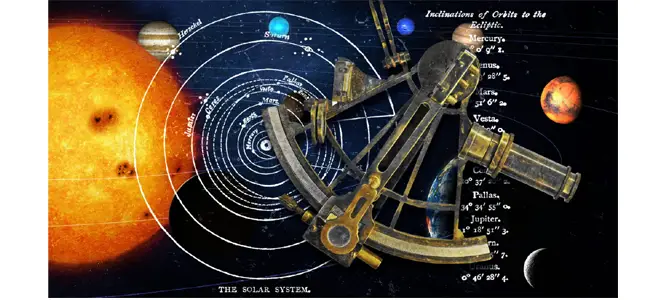
What follows is a list of what I, a theoretical cosmologist, believe to be the most impactful discoveries ever made in astronomy. To help winnow down the possibilities to a manageable top-five ranking, I had to concoct some criteria. First, we're looking at discoveries that are both broad and deep (in the scientific sense), findings that simultaneously reached further than any previous discovery and also enabled (or at least accelerated) a new paradigm or branch of astronomy.
1. We’re gonna need a bigger boat
This first discovery is so old that we don’t even have direct access to the work of the man who accomplished it, a certain Greek polymath by the name of Eratosthenes. Living around 250 BCE, Eratosthenes was the first to develop an accurate method for measuring the circumference of the Earth. And like all great theorists before and since, he didn’t even need to get out of his pajamas to do it. We only know of the work of Eratosthenes from a summary provided centuries later by another Greek astronomer, Cleomedes, who is mostly famous for… telling us about Eratosthenes. According to his summary, Eratosthenes calculated the circumference of the Earth by waiting for the summer solstice. At the solstice, the Sun stood directly overhead at noon at the city of Syene (today Aswan) in southern Egypt. Eratosthenes lived in Alexandria, several hundred miles north, so at that precise moment, the Sun was a little off from directly overhead. By measuring the angle of the Sun’s position and combini

2. A call to order
At the dawn of the scientific revolution, many prominent thinkers, philosophers, and even theologians (to be clear, there wasn't a large difference between these groups at the time) helped us make radical leaps in our understanding of the Universe. We had Galileo with his fancy telescope, Copernicus with his wild heliocentric idea, and more. And then we had Kepler. Johannes Kepler. The brightest pupil of Tycho Brahe (who was perhaps the greatest astronomer to ever live, at least according to one T. Brahe), Kepler would go on to provide the first clean, simple, and universal description of the motion of objects in the heavens. Among pages and pages of theoretical musings that mostly focused on the divine music of the heavens, Kepler described three laws of planetary motion: the planets moved in ellipses, their motion carved out equal areas in equal time, and there was a relationship between a planet’s distance from the Sun and the duration of its orbit.
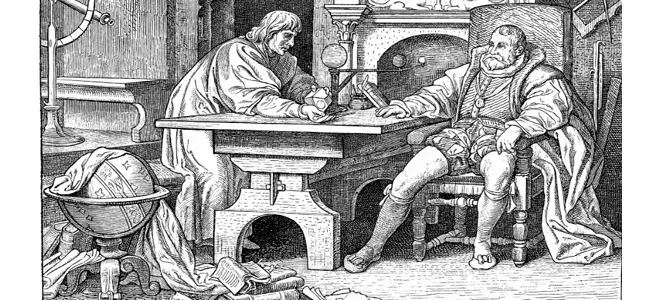
3. Does my universe look big in these pants?
It wasn’t enough for Edwin Hubble to discover that a) galaxies exist and b) they’re really far away from us. These observations, made in the early 1920s, should have been more than adequate to earn him a Nobel prize and cement his place in scientific history. Hubble made our Universe very big in a way that nobody else ever had. He provided the first solid evidence that the Andromeda “nebula” was really an island of stars separated from us by millions of light-years, orders of magnitude greater than even the wildest conceptions of “extremely distant” were at the time. But he just couldn’t help himself. Working with the 100-inch Hooker telescope at Mount Wilson Observatory—at the time, the largest telescope in the world—he discovered that our Universe wasn’t just big. It was getting bigger.

4. Of course black holes are on the list
This entry has no single figure or unique observation that changed our view of the Universe in a short period of time. Instead, it took decades to convince the astronomical community that black holes were real. We are still grappling with that realization today. It began with Einstein, although he didn’t know it. Einstein reformulated our understanding of gravity in terms of the bending and warping of spacetime (he did so, by the way, to unite Newton’s gravity with his own special theory of relativity, continuing the program of unification started by Kepler). Mere months after Einstein published his general theory of relativity, the German Karl Schwarzschild discovered how to write down the solution for the gravitational environment around a spherically symmetric ball of mass like, handily enough, the Sun.
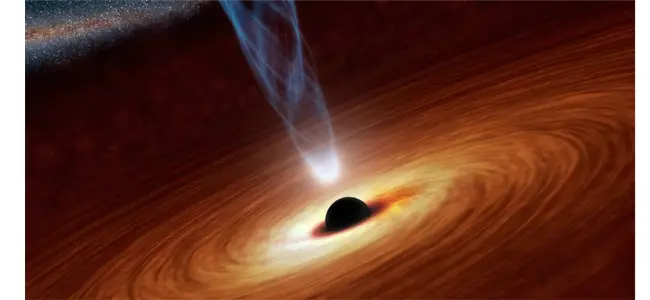
5. How to make an apple pie
When Carl Sagan offered viewers the recipe for an apple pie in his famous Cosmos segment, he had to start with the Big Bang. In the first few minutes of the existence of the Universe, our cosmos manufactured hydrogen, helium, and a little bit of lithium. Fast-forward to the present day and we have an entire periodic table full of elements. But how do we get from a primordial ooze of light elements to the ingredients needed to make an apple pie? The answer is in the stars. In 1920, the great astronomer Sir Arthur Eddington took the latest developments in quantum mechanics, special relativity, and subatomic physics to guess that nuclear fusion played a role in the generation of a star’s heat. But it would take until 1957 for the full picture to come into focus thanks to a quartet of researchers: Margaret Burbidge, her husband Geoffrey Burbidge, William (“Willy”) Fowler, and Sir Fred Hoyle.

Watch for Top 5s of Today!
Highlights
